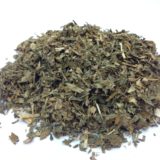
Table of Contents
Safest Natural Marijuana Alternatives (for 2021)
Are There Any Safe, Natural Alternatives to Marijuana?
In such a stressful world, many people turn to a little organic green for relief. Some areas have imposed cannabis prohibition on the people, preventing them from obtaining and indulging in this recreational, relaxation plant. In these regions (and where marijuana is otherwise unacceptable to smoke or consume), people look for genuine, safe alternatives that work. The effects of marijuana are undeniably recognizable and often described as calming, relaxing, anxiety relieving, and chilling out. So what other natural plants exist which provide these same types of benefits? Are there any psychoactive plants that can produce these types of benefits? The simple answer is YES, absolutely! In fact, there is more than one natural alternative which can mimic the effects of cannabis. Of course, some of these plants will be a much closer match than others.
The Botanical Shaman is going to over the best alternatives to marijuana (all natural and considered safe). These solutions are also legal in nearly every state and country around the world!
List of Safe Alternatives to Cannabis
This is a list of the best, safest alternatives to marijuana. These solutions are all natural and do not rely upon any synthetic ingredients.
Jolly Lotus (BLF)

Perhaps the best (and safest) alternative to cannabis is Blue Lotus Flower. Blue Lotus Flower, (Nymphaea caerulea) is native to the Egyptian Nile and has been considered a sacred plant by the locals in that area for thousands of years. The plant contains psychoactive properties, coming from the alkaloid “aporphine.” It is a very prominent part of traditional medicine throughout the history of the Egyptian culture. The effects of smoking or consuming this plant as a tea is very similar to those effects obtained from marijuana. There are analgesic feelings, anxiety relief, social mood boosting properties, and immense relaxation effects. Blue Lotus is also known as Egyptian Lotus, Blue Water Lily, Sacred Water Lily, and more recently “Jolly Lotus.” It has been worshipped for its amazingly potent properties and the Egyptian culture considers it a gift from the Gods. It has since been introduced to a few countries in Central and South America, which has made it much more freshly available, worldwide.
While it is very common to smoke Jolly Lotus, much like one would marijuana, it is also possible to brew it into an herbal tea. The herbal tea form is even stronger than the effects felt through smoking the plant. The tea is easy to make, by combining water into a pot, bringing it to a boil and adding the desired amount of herb. Small batches can be produced from even a few grams of the dried leaf, while more potent batches can be made from upwards of 10-15 grams. It is possible to further dilute the tea as desired, giving the user even more control over the strength and effectiveness of the plant. Jolly Lotus is a very powerful strain. Purchasing Jolly Lotus from a reliable source is important in maintaining the freshness of the leaf.
Damiana
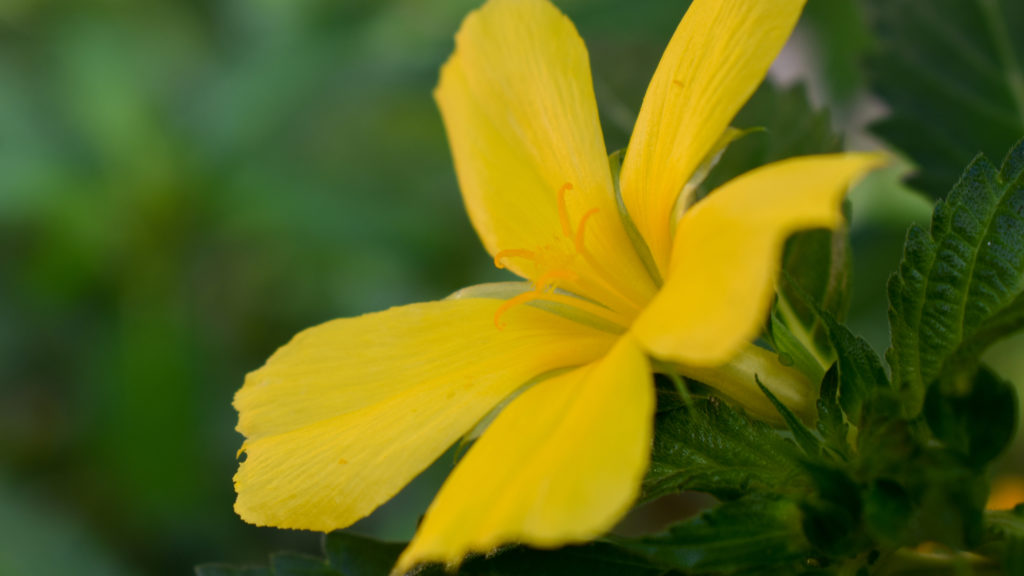
Damiana (also known as Turnera Diffusa) has a long history of use as a smokeable herb and herbal tea. It is most popular in the Southern United States, Mexico, and Central America, where it natively flourishes. It is in the same family as Passionflower. Damiana has very aromatic properties, releasing such a powerful, sweet smell (both before it is smoked and during smoking). It is popularly mixed with cannabis, tobacco, and several other herbs, but can also be smoked alone. Like Jolly Lotus, it can be stronger as an herbal tea (made the same way, sometimes with lemon as well). It has been used in a variety of religious and celebration-oriented ceremonies throughout its native regions, as well as for its medicinal properties. As an herbal tea, it is even a common substitution for alcohol in many cultures. Damiana is best when fresh, so be sure to purchase from a reliable source with the best harvesting and storage techniques.
Wild Dagga
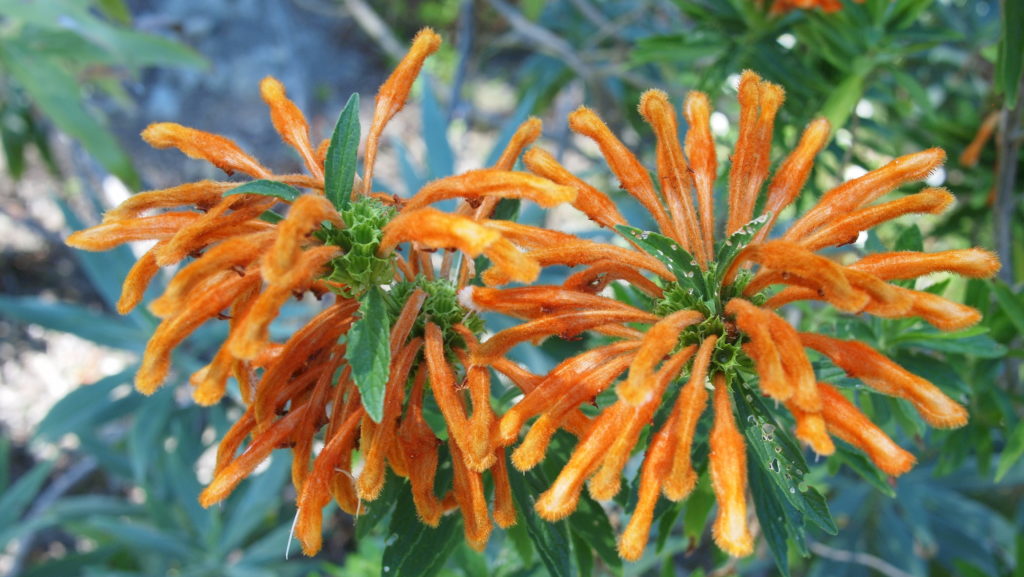
Wild Dagga (Leonotis leonurus) is a very popular substitute for marijuana throughout many regions in Africa where it is native. The cultures there also know the plant by the names “Lion’s Tail” and “Lion’s Ear.” Although it is not as powerful as cannabis (by far), it is sometimes preferred over marijuana anyway. The color is attractive, the aroma is somewhat sweet, and the effects are subtle, yet definite. While it is possible to brew Wild Dagga into an herbal tea, it is absolutely most potent smoked. It can be harder to roll Wild Dagga into a joint or cigarette, but it is easily smoked out of a glass piece or pipe. The biggest problem with Wild Dagga is finding a reliable source with a potent harvest. Most of the Wild Dagga harvests which export from Africa end up very old, discolored, and impotent. Because of the delays in shipping harvests when they are fresh, the flowers begin to rot and attract a variety of plant-ingesting, invasive bugs. The best way to enjoy Wild Dagga is from a fresh harvest while visiting Africa itself.
Passionflower
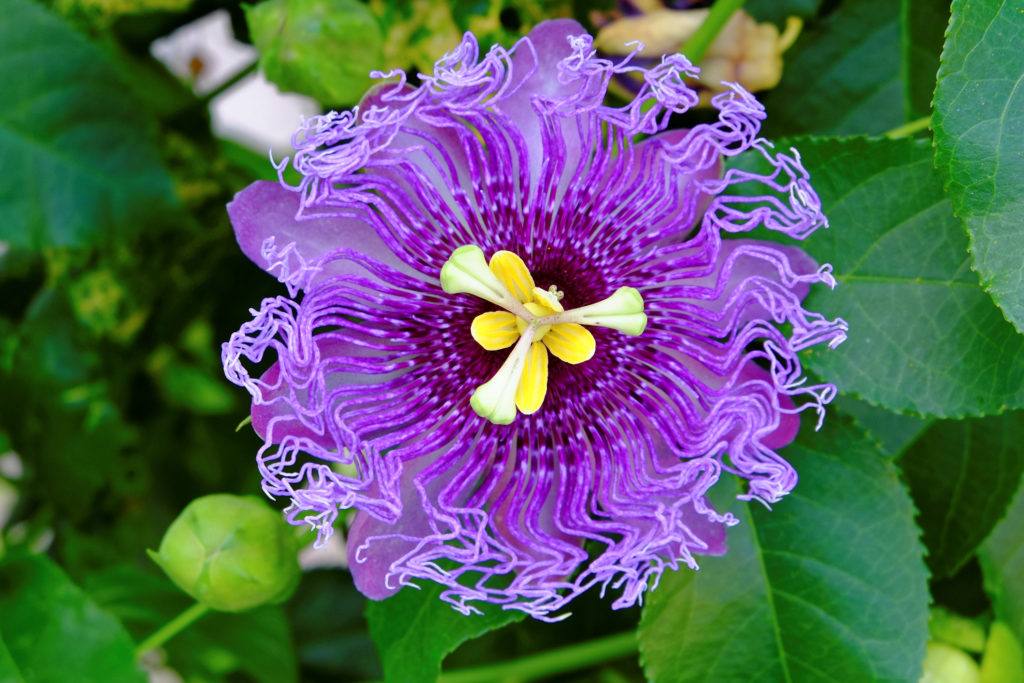
Passionflower is sometimes known as “passion vine” or “passion flowers.” It is very commonly found in shaded regions of the UK, North and South America, Central America, Southeast Asia, and Oceania. It has a few analgesic and calming properties, and is even used in an ayahuasca analog in some cases. Like Damiana, Passionflower makes the list of safe marijuana alternatives. It is definitely weaker than Damiana (and the other plants listed above it on this list), but it provides a number of medicinal effects, including relaxation. This light relaxation effect is the reason it is used by many cultures instead of marijuana. It can be found smoked, as an herbal tea, or extracted in a supplement. In fact, as a marijuana alternative, it is probably best used as a supplement.
Siberian Motherwort
Siberian Motherwort is also called Leonurus sibiricus and is a very close relative to Wild Dagga. It is not as strong or potent a substitute for marijuana as Wild Dagga (hence being lower on the list), but it is certainly an option. Some people combine Siberian Motherwort with Wild Dagga, Damiana, Jolly Lotus, or other herbs to create an enhanced effect to the other herbs. Although it is native throughout China, India and Russia, it is distributed, cultivated, used, and popular throughout many other cultures. The seeds are easy to obtain and it is a simple plant to grow (requiring very little maintenance, though taking a bit of time to harvest in the end). It also takes a while to grow, which can be discouraging in terms of cultivation. In its native regions, it is commonly used for its very mild intoxication effects.
Zacatechichi (Dream Herb)
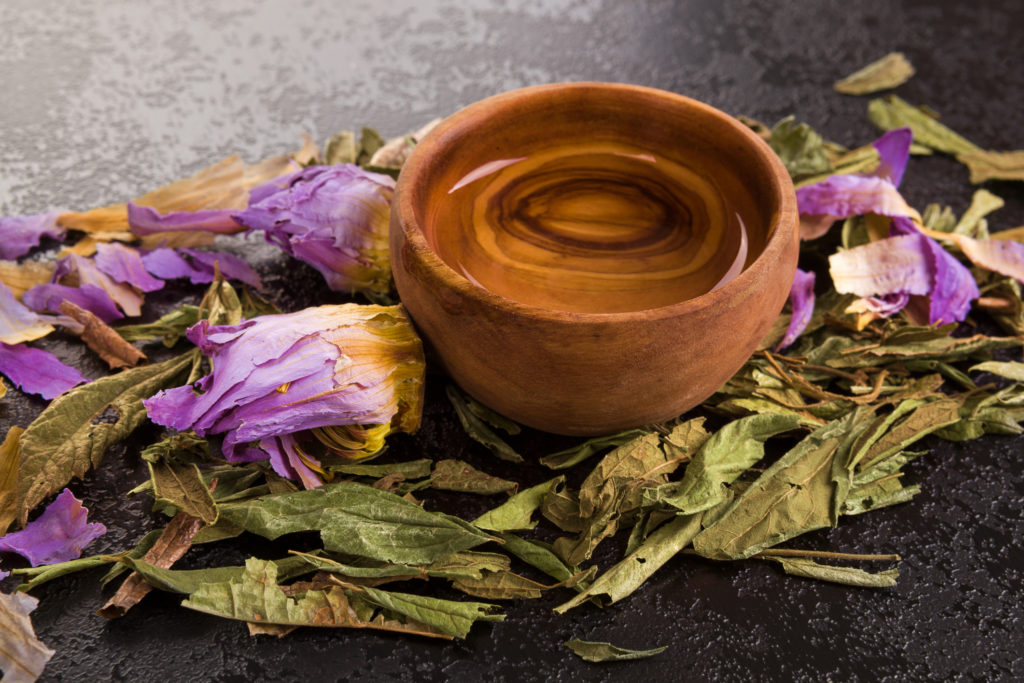
Zacatechichi is most commonly referred to as the “Dream Herb.” Its scientific name is Calea ternifolia, though it has been called a few other names too (such as “bitter grass”). It is used as a marijuana substitute throughout Mexico, sometimes preferred, and provides a light relaxation and sedative-like effect. The shaman of many cultures throughout Mexico (especially the Aztecs) used Zacatechichi for its ability to produce very vivid lucid dreams. These dreams were often considered premonitions and used to make very important decisions in a society. It also makes dreams easier to remember. The relaxation and very light psychoactive effects are what make it popular as a safe marijuana alternative. It should be warned that it is a bit of a harsher smoke, and a rougher taste (when brewing the tea form), making it harder to consume enough to receive any favorable effects.
Wild Lettuce
Wild Lettuce is also known by its scientific name, Lactuca virsoa. Wild Lettuce is another “dream herb” used very commonly for its ability to induce and encourage lucid dreaming. It also makes dreams more vivid. It is perhaps even better at this than Zacatechichi, plus it is easier to smoke and consume as a tea. In terms of being a marijuana alternative, it does provide a calm and relaxing effect, which makes it popular in many cultures. The herb can require a learning curve to work with, as certain parts of the plant cuts are much stronger than others, but it is most certainly on the list of safe substitutions.
CBD

CBD (cannabidiol) is one of the cannabinoids found in the cannabis and hemp plants. It has been a craze in recent years, as the market explodes with new CBD options because it is a legal way to intake marijuana without the more potent, banned cannabinoid THC. Although CBD is nowhere near the same as marijuana in the traditional sense of the plant, the popularity and light pain and anxiety relief CBD products have been producing is not ignorable. The truth is CBD does provide some great benefits and it is more widely available than ever before. It is produced in a variety of forms including smokable bud, vape juice, gummies, and other edibles. It is even produced as salves and lotions for topical application. Unfortunately, it does seem CBD is selective in terms of effects, with many users reporting little or no effects at all.
Ginger
Most people only consider ginger a cooking herb. There are so many resources for how to use ginger in culinary applications that the other benefits (namely medicinal effects) are overlooked. While ginger is not one of the strongest potential substitutes for marijuana, it can most certainly offer calming and light analgesic properties. It is very commonly used to calm the stomach and relax the gastrointestinal tract. In these respects, it is a very safe alternative to cannabis, even as weak as it may be.
Honorable Mentions
Kratom (Mitragyna speciosa) is commonly utilized for its analgesic and relaxing properties. It is, however, banned in many territories around the world, including many states in America. It is also a bit different than cannabis, offering a bit more energy. It can induce nausea, and is rather unpleasant in higher doses, making it a little less popular as a true substitute for marijuana.
Salvia divinorum is a mild to heavy hallucinogen that is sometimes used as a marijuana alternative in some Central American countries and Mexico. The substance can be quite a powerful psychedelic experience, and thus it is not exactly the best marijuana substitute. It is more commonly used in religious ceremonies and is considered a sacred herb. While it may not be the safest option, it is worth
Tobacco is at the bottom of the list due to its less-than-safe effects. Although it is very commonly used as a marijuana substitute, due to its psychoactive properties and ability to provide a mental stimulation. It is not a great alternative, but this list would still not be complete without at least mentioning it.
Disclaimer: Botanical Shaman offers this list for information purposes only. Additionally, it is important to remember that no plant is safe when smoked, due to the carcinogenic properties that are released from burning the herb!
Conclusion: There Are Safe Marijuana Alternatives
Obviously, there are a lot of options in terms of safe, natural marijuana substitutes. Cannabis may still be banned in many places, but it is possible to achieve similar effects with other plants. The plants on this list are excellent alternatives, and they have been (in many cases) for hundreds of years! They are easy to obtain (just make sure to purchase from high quality, fresh sources) and extremely satisfying. A lot of them (Jolly Lotus, Damiana and Siberian Motherwort) smell very aromatic – even better than marijuana! Botanical Shaman fully recommends the Jolly Lotus product, as it has been a long-standing option that the Egyptians have used for thousands of years. It is one of the highest quality Blue Lotus strands in the world. Although it is not necessary, it is even possible to combine two or more of these options, creating custom spliffs. In fact, some cultures have been well-known to smoke some of these together, sometimes even with marijuana itself!

